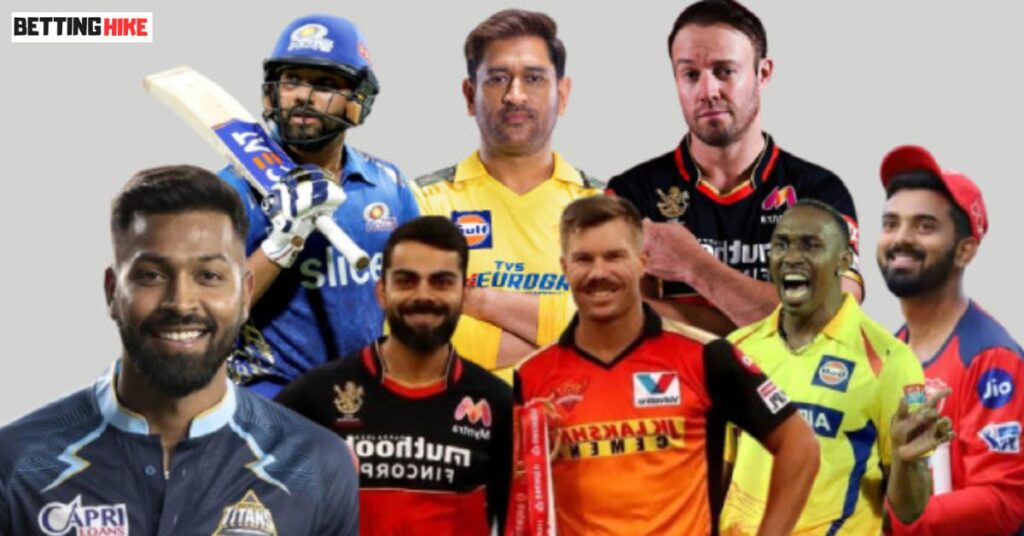The Indian Premier League is one of the richest sports leagues worldwide, revolutionizing cricket by creating new fans and revolutionising how it’s played while helping to bolster a country’s economy.
Organising the IPL requires orchestrating an intricate logistical symphony. Players come from around the world, while fans converge upon stadiums in droves.
The IPL’s popularity
The Indian Premier League is one of the world’s most beloved sports leagues. It draws a massive audience across India and has attracted top advertisers; average stadium attendance exceeds 26,500; TV viewership reached over 40.9 crore viewers during 2022 alone!
The IPL is an incredible success due to its effective combination of entertainment extravaganza and cricketing expertise. The league aims to appeal to a wider audience through Bollywood celebrities, extravagant opening ceremonies, musical acts, and thrilling matches that turn cricket matches into thrilling spectacles that excite spectators while building loyalty among viewers.
IPL popularity is propelled by its vast revenue streams. Broadcasting rights alone generate billions in earnings for BCCI; additionally, sponsorships, merchandise sales and ticket sales generate millions more in earnings for IPL – not to mention celebrity players earning multimillion-dollar salaries and appearance fees from participating leagues; these lucrative revenues contribute significantly to economic development through supporting IPL success and supporting economic development in India.
Its impact on cricket
The Indian Premier League (IPL) has had an extraordinary influence on cricket, revolutionizing how it is enjoyed and practiced by fans and players. It has changed players’ game strategies and inspired young talent to pursue their ambitions; attracing investments as an industry while creating employment opportunities.
IPL popularity has also spurred an increase in sports tourism and improved infrastructure, while helping boost local economies by drawing people to cities where matches are being hosted. Furthermore, this league has fostered a sense of community among fans that transcend geographical borders – all as a result of bringing cricket fans together!
IPL provides an ideal platform for nurturing emerging talent and provides a high-quality, competitive environment for developing talent. Over its history, the IPL has unearthed several young players who have gone on to represent India at international levels; these include Jasprit Bumrah and Hardik Pandya. Furthermore, this competition gives young Indian players an invaluable chance to play alongside legendary players and learn from them quickly while at the same time accelerating their development through such interactions as playing alongside iconic legends and learning from them directly helps improve player fitness which leads to enhanced overall performances overall performance overall.
Its business model
In an arena dominated by leagues such as English Premier League and NBA, IPL has emerged as an undeniable sports powerhouse. As of 2024, its brand value stands at an astounding $10.7 billion and it has captured global attention due to its glittery allure.
The IPL business model is an intriguing blend of sport and commerce. Based on franchise model, wealthy consortiums purchase rights to run teams in specific cities. All franchises share in central pool revenue from broadcasting rights and sponsorship deals which is then distributed among franchises for financial stability even when on-field performance falters.
Tickets sales and stadium revenues generate significant income for teams. Premium seating and VIP experiences are significant revenue drivers; teams also utilize their websites and apps to sell merchandise and digital ads.
Player salaries are an expensive part of playing in IPL leagues, yet effective auction strategies and contract management can reduce this expense. Prize money represents only a small fraction of overall earnings but can help boost team revenues by increasing brand recognition and attracting sponsors.
Its popularity as a sport
Since the IPL launched, various Twenty20 leagues have emerged. Fans continue to find Twenty20 exciting and dramatic, thanks to its fast-paced action and breathtaking catches that provide an exhilarating spectacle. Plus, its three hour match format makes matches more accessible to television audiences who can watch games without needing to dedicate an entire day or five days for it all!
Though its reputation may have taken some hits in the public eye, the Indian Premier League remains one of the country’s most beloved sporting events and an international draw. Over its nine-year run from 2009-2023, its brand value grew from $2 billion to an astounding $10.7 billion due to high-profile sponsorships and star players joining its fold.
IPL has produced an unforgettable spectacle, captivating audiences across India with its mix of sports, glitz, and theater. Opening ceremonies showcase Bollywood celebrities, musical acts, cheerleaders, advertisers, investors, TV networks as well as thousands of viewers from NCCS A households living in urban India.
Its success as a business
Indian Premier League continues to gain in popularity and brand value increased by six percent alone last year according to Brand Finance – reflecting both rising interest in its sport as well as increased sponsorship and endorsement revenue for teams.
IPL teams employ various marketing strategies to promote their brands and attract fans. They offer premium hospitality packages that feature VIP seating, food, and exclusive merchandise as well as using social media to share behind-the-scenes footage and promotional offers with fans – building both local audiences as well as international cricket enthusiasts into strong audiences that support them.
The IPL utilizes data-driven approaches to enhance team performance and fan engagement, such as measuring player metrics such as strike rates, wickets taken and balling averages; tracking fan engagement via attendance and online interactions; then making informed decisions that improve fan experience and drive revenue growth. It partners with influential figures to promote its events and reach new audiences.


